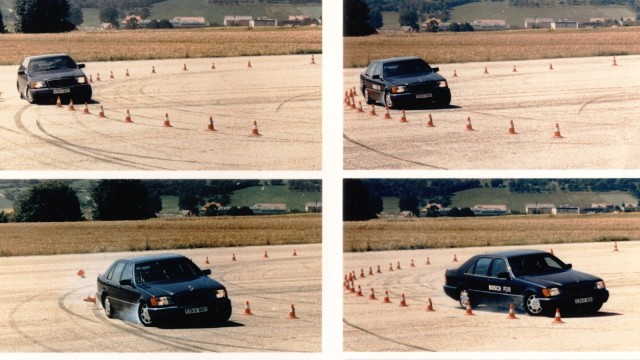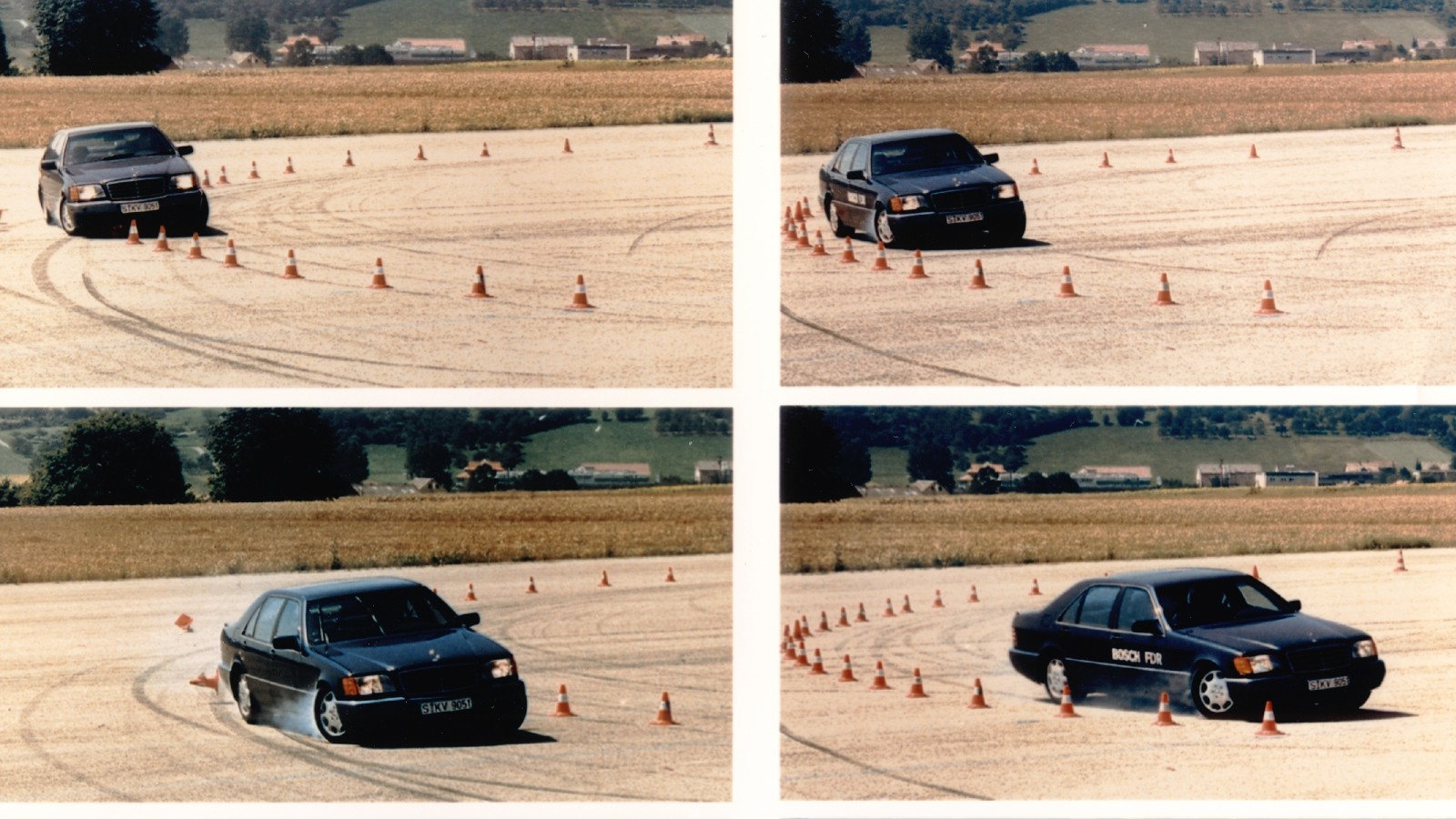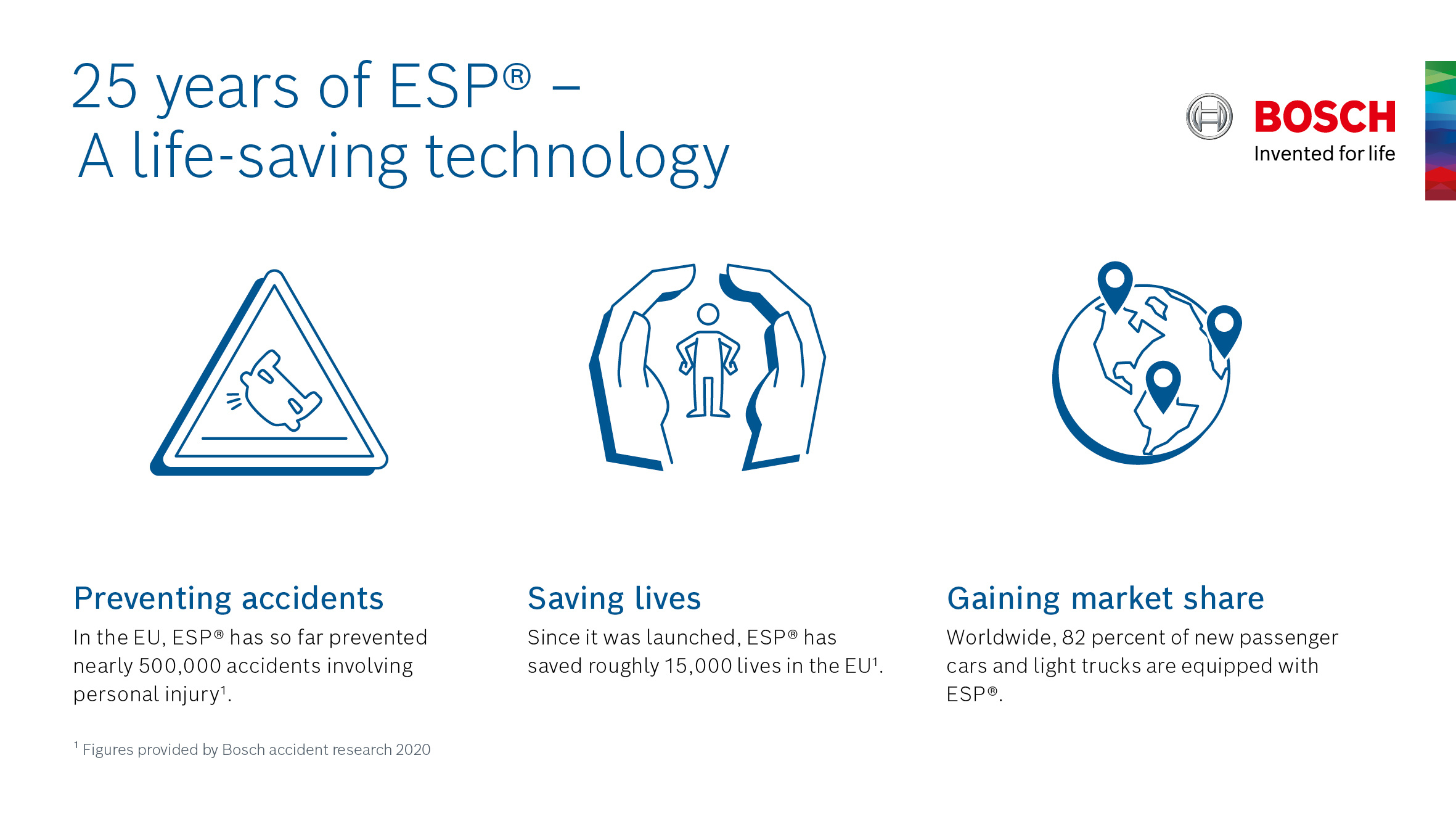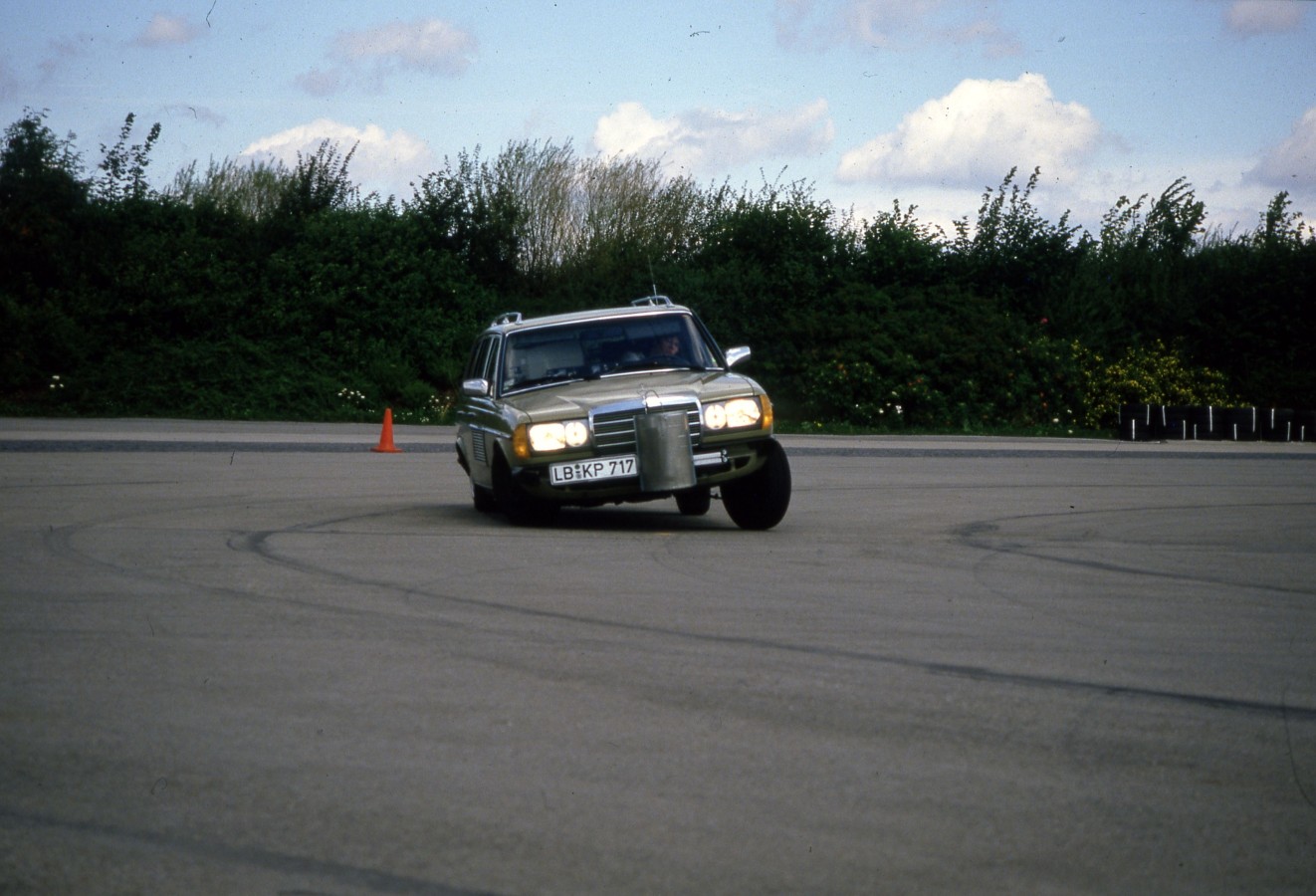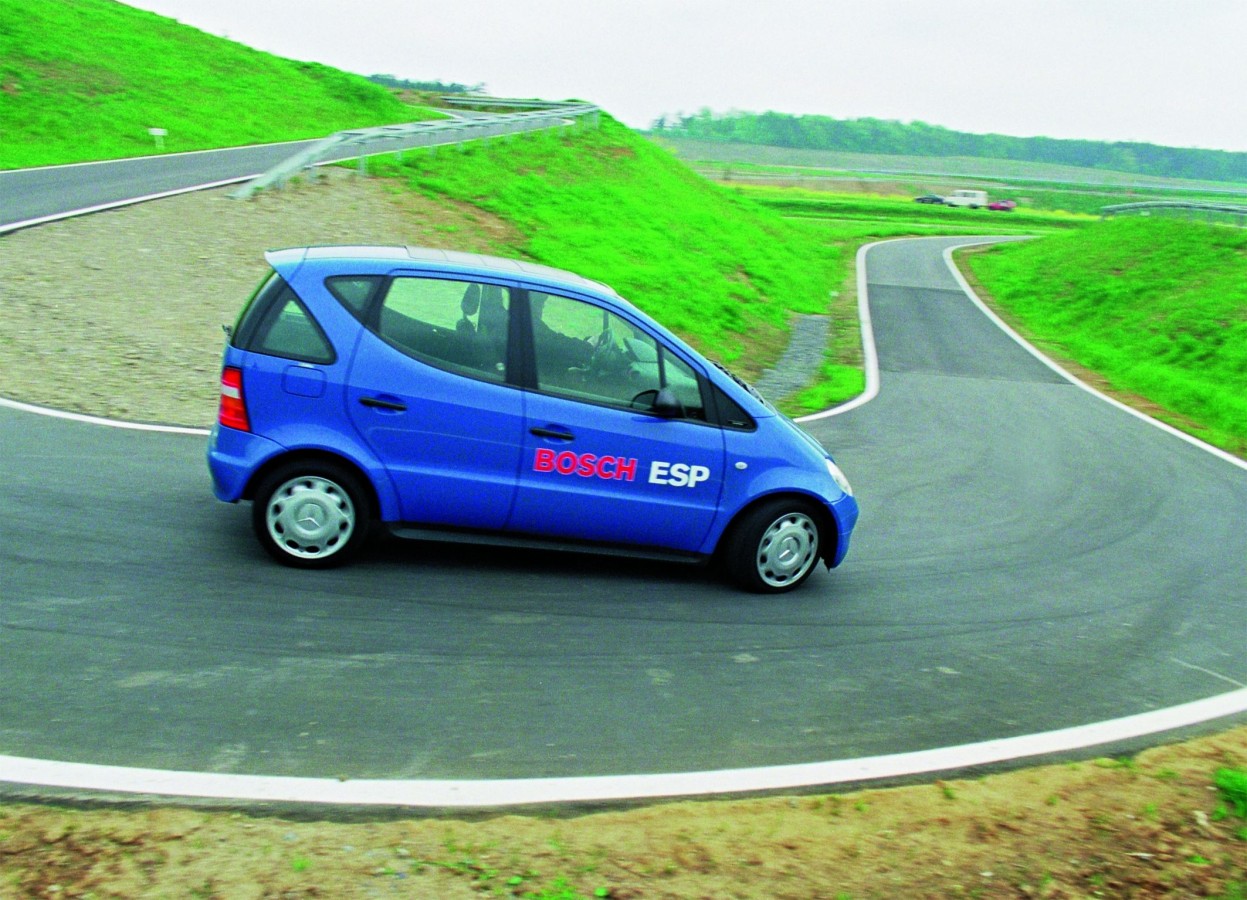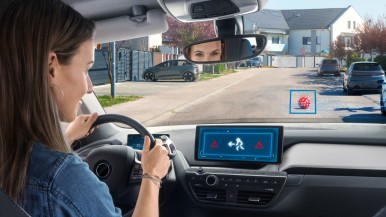1983: Bosch researchers float some first ideas about how to improve stability when braking hard in bends. They base their ideas on the ABS antilock braking system launched in 1978. An initial proposal is to flexibly adapt each wheel’s slip to improve control over the vehicles when braking in bends.
1984: Effective July 1, a development team is set up. Its task is to use ABS as the basis for developing a brake control system offering improved vehicle control when skidding is imminent in a bend. In such a situation, the vehicle has to remain stable and steerable as far as the laws of physics will allow.
1992: A joint project unit is set up near the Bosch location in Schwieberdingen. It is made up of engineering experts from Bosch and the automaker DaimlerBenz, which is subsequently the first to install the system. An agreement is made to develop a system for production in 36 months.
1995: ESP® has its press debut in a Mercedes-Benz S-class coupé in May, and its market launch in the coupé and sedan in September (as an extra, standard feature only with the most powerful, 12-cylinder engine).
1997: A Mercedes-Benz A-class vehicle rolls over while performing an extreme swerving maneuver during testing. The model was only recently launched. Following this “elk test” for a Swedish automotive magazine, the automaker decides to make ESP® a standard feature. Other automakers soon follow suit.
1998: For the first time, the yaw-rate sensor that is at the heart of the ESP® is produced as a micromechanical sensor. Bosch has been mass-producing these sensors with microscopically small movable structures since 1995. This means ESP® can be smaller, while at the same time longer-lasting, less sensitive, more reliable, and less expensive.
2003: Bosch celebrates the delivery of its 10 millionth ESP® system. The technology has now been in the market for ten years. In the years that follow, increasing volumes pave the way for this lifesaver to become established in the compact class.
2007: On April 6, 2007, the National Highway Traffic Safety Administration (NHTSA) published a final rule establishing Federal Motor Vehicle Safety Standard No. 126, Electronic Stability Control Systems. The NHTSA rule was among the first to be issued, requiring that all light vehicles manufactured on or after September 1, 2011 be equipped with an ESC system. In 2007, NHTSA also commenced its work to support a global technical regulation (GTR) on ESC. U.S. safety officials collaborated with their counterparts in countries across the world under the aegis of the United Nations' Economic Commission for Europe (UNECE) World Forum for the Harmonization of Vehicle Regulations (WP.29) in order to successfully establish GTR No. 8 under the 1998 Global Agreement.
2016: In the Life Achievement category, the European Patents Office confers its European Inventor Award on Anton van Zanten. Born in the Netherlands, van Zanten headed up the 35-strong group of ESP® developers at Bosch.
2020: ESP® turns 25. Over the past quarter of a century, Bosch has continuously improved its anti-skid system, producing more than 250 million ESP® systems to date.

